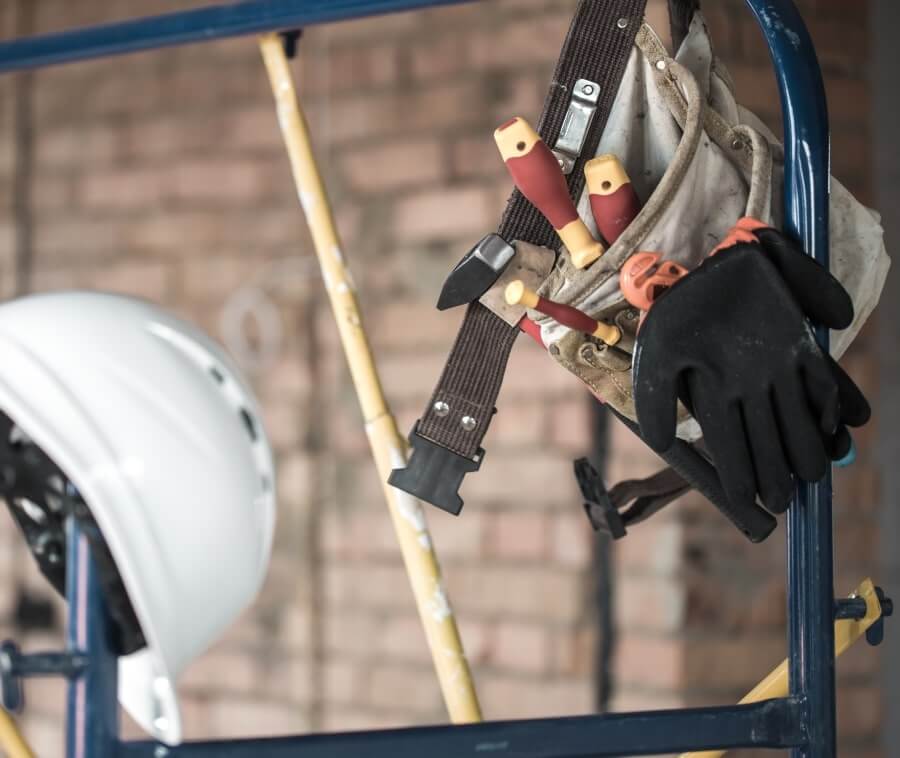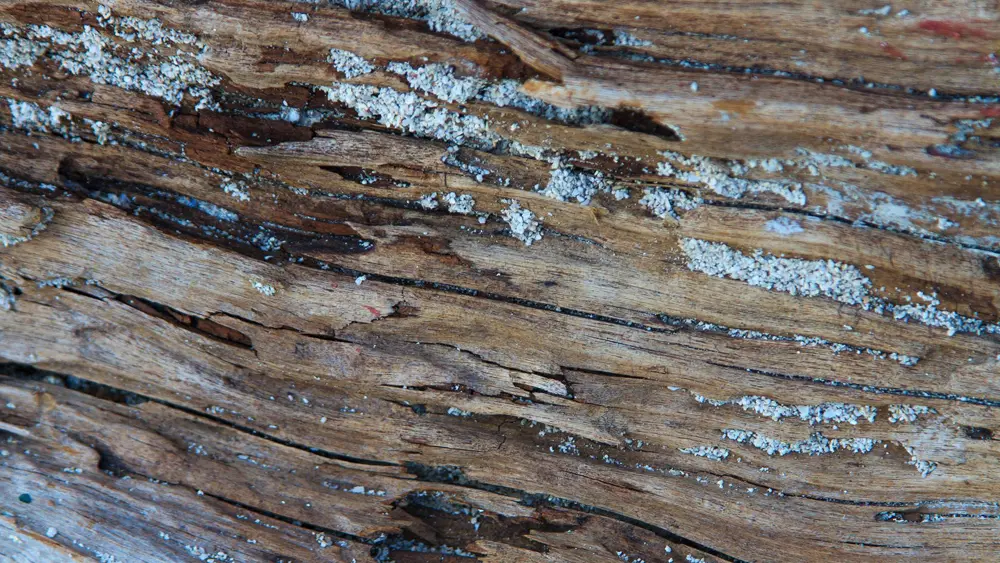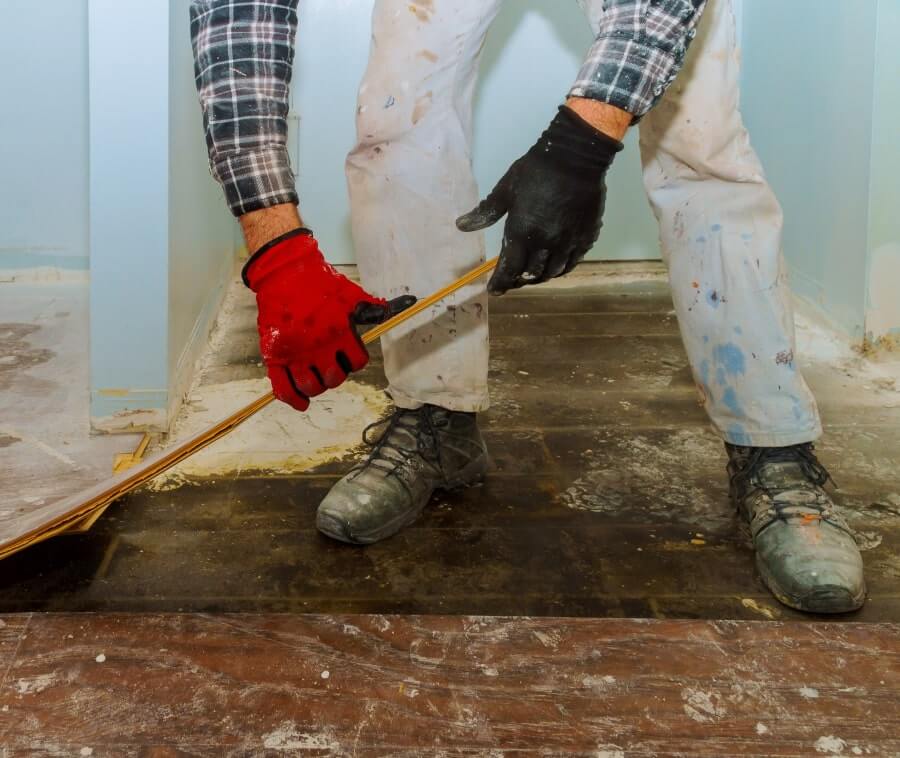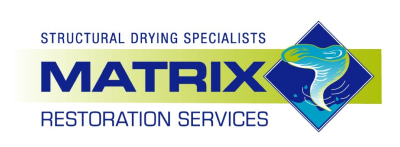Most people expect their homeowners insurance to step in when disaster strikes. Fires, leaks, and mold are more common now, especially with stronger storms and changing weather. But what your insurance will actually cover can surprise you.
Insurance usually pays for sudden, accidental water damage and fire loss, and it might help with mold if it’s caused by a covered event—like a burst pipe or a fire being put out. Everyday wear, slow leaks, or neglect? Those often don’t make the cut. Knowing what’s covered helps you avoid uncovered bills, plan repairs, and get peace of mind before you file a claim.
What Homeowners Insurance Covers for Water Damage
Water can ruin walls, floors, and valuables in just minutes. Not all water damage is treated the same in your homeowners policy, though. The cause and speed of the event determine if you’re covered. Let’s look closely at which water disasters your insurance handles, which ones it excludes, and some smart ways to boost your protection.
Covered Events: Burst Pipes, Appliance Malfunctions, and Accidental Discharge
To be covered, water damage needs to be sudden and accidental. If you wake up to water gushing from a burst pipe, that’s usually covered. Accidentally leaving the washing machine running and finding a river in your kitchen? Insurance typically pays for the mess.
Policy language matters—a lot. “Sudden and accidental” means:
- Burst pipes: Pipes that freeze and break during a cold snap.
- Broken appliances: Hoses on washing machines or dishwashers that fail without warning.
- Accidental overflow: A tub or sink that spills over due to surprise clogs or accidental overfilling.
Most policies will repair both the damaged structure (walls, floors) and your personal property inside. Check your policy’s specific wording. “Wear and tear,” “long-term leaks,” or “maintenance issues” show up a lot—make sure the source is actually covered.
Exclusions: Gradual Leaks, Maintenance Issues, and Flood-Related Water Damage
Not all water damage claims will get a green light from your insurer. Standard homeowners insurance doesn’t cover every possible scenario. Some of the most common exclusions include:
- Gradual leaks: If a pipe drips for months under your sink, and you ignore it, the cost to fix resulting rot or mold won’t be paid by your policy.
- Poor maintenance: Insurance expects you to care for the basics. Skipping regular upkeep or letting caulk fail around windows and tubs leaves you on the hook for resulting water woes.
- Floods: Rising water from storm surges, overflowing rivers, or rapid snowmelt is not covered. You need a separate flood insurance policy for this kind of event, usually through the National Flood Insurance Program (NFIP).
 Photo by Helena Jankovičová Kováčová
Photo by Helena Jankovičová Kováčová
- Sewer backup or sump pump failure: Unless you buy extra coverage, overflows from municipal sewers or failed sump pumps usually aren’t included.
The fine print spells out exactly what’s not covered. Before trouble hits, review these limits so you’re not surprised later.
Optional Add-ons: Sewer Backup and Smart Home Technology Discounts
Many homeowners want peace of mind against worst-case scenarios. Insurers offer add-ons (also called endorsements or riders) for problems not covered by standard policies.
Here’s what’s available if you want extra protection:
- Sewer backup coverage: Pays for damage when outside sewers or drains overflow into your home. This endorsement typically costs a small extra fee each year and can save you thousands during a major backup.
- Flood insurance: Needed for any flooding from rising water sources; sold separately, and in many areas, required by lenders.
- Smart leak detection discounts: Some insurance companies now offer premium discounts if you install leak sensors or automatic water shutoff devices. These gadgets can spot small leaks before they become major issues and may even help you avoid a claim altogether.
Adding these options to your policy can fill big gaps, helping you sleep better at night—no matter what happens in your pipes or the world outside.
Homeowners Insurance and Mold Damage Coverage
Mold can sneak up on any homeowner—behind the walls, under floors, around windows, or in crawl spaces. Insurance for mold isn’t simple. Coverage depends on what causes the mold, how fast you respond, and what your policy says. If you’re worried about mold and your wallet, here’s how homeowners insurance usually treats mold damage and the real challenges you need to watch for.
When Mold is Covered: Result of a Covered Peril
Homeowners insurance may help pay for mold cleanup, but only under certain conditions. Mold is usually covered when it is the direct result of a covered peril—an event your policy already protects against.
- Sudden, accidental water events trigger mold coverage most often. Think burst pipes, appliance overflows, or water used by firefighters during a fire.
- Insurers expect the damage to be unexpected and not preventable with routine care.
- If storm damage lets water into your house and mold follows, that mold removal is often included under your claim—because it links directly to the sudden incident.
Most policies do not cover mold caused by slow leaks, long-term moisture, or neglect. Insurers see this as avoidable with normal maintenance.
 Photo by Evgeniya Litovchenko
Photo by Evgeniya Litovchenko
Mold Exclusions and Coverage Limits
Insurance companies set hard boundaries on what mold situations they will pay for—and how much.
- Damage from gradual leaks, foundation cracks, high indoor humidity, or ignored repairs almost never qualifies for a claim.
- Many policies add a specific “mold exclusion” or limit, capping payout for mold removal and repairs at a flat amount—often $1,000 to $10,000 per incident, even if the main loss is much higher.
- Some states or policies let you buy higher sub-limits, but it’s rarely unlimited.
Insurers focus on sudden events. If you let problems drip, seep, or fester, they expect you to pay out of pocket for cleaning up the mold.
Mold Endorsements and Additional Coverage Options
Worried about living in a humid area or an older home with a history of leaks? You’re not stuck with basic limits. Insurers offer extra coverage if you want broader protection.
- Mold endorsements (also called riders) are policy add-ons. These can raise mold coverage limits well above the usual caps.
- Some insurers now offer limits up to $25,000 or more with endorsements, especially in high-risk states or areas prone to flooding and heavy rain.
- These options cost more, but they make a huge difference if you face a big water loss and discover hidden mold growth.
If you have a home with a finished basement, are in a hurricane zone, or have patchy maintenance history, adding mold coverage can save thousands in cleanup costs.
Tips for Successful Mold Claims: Documentation and Mitigation
The difference between a paid claim and a denied one often comes down to the steps you take after discovering mold. Here’s how to protect your claim and your property:
- Take clear, dated photos and videos of both the water source and all visible mold.
- Keep all receipts for emergency cleanup, mold testing, or plumbing repairs.
- Write down conversations with your insurer, contractors, and adjusters, noting dates and details.
- Act fast—dry out water, stop leaks, and start cleanup to show good faith in prevention.
- Hire a licensed, insured mold remediation professional (your insurer will want proof of proper cleanup).
- Review your policy—know your exclusions, coverage limits, and your duties (such as notifying your insurer promptly).
If your mold claim is complex or facing denial, a public adjuster or insurance lawyer can help you navigate the process. The stronger your documentation and your response, the more likely your claim gets paid.
Fire Damage Protection in Standard Homeowners Policies
Fire is one of the most serious threats any homeowner can face. Most standard homeowners insurance policies offer solid protection against fire—but the limit, rules, and fine print matter just as much as the promise of coverage. Let’s make sense of what’s truly protected under fire peril, what property and circumstances might be left out, and how new wildfire risks are changing the insurance scene in 2025.
 Photo by Kurt Hudspeth
Photo by Kurt Hudspeth
Dwelling Coverage: Repair and Rebuilding of Structures
Your homeowners policy’s dwelling coverage is the backbone of fire protection. If a fire damages or destroys your house, this coverage pays to repair or rebuild the main structure and any attached parts—like garages, porches, and decks. Here’s how it usually works:
- Full or partial repairs: If only a part of your home is damaged, insurance covers repairs up to your dwelling limit.
- Total loss: If your entire house goes up in flames, your policy will pay to reconstruct it, up to the amount stated on your policy (the dwelling limit).
- Attached structures: Built-in garages, patios, and even fireplaces get the same coverage as your main home.
If a fire leaves your house unlivable, most policies include “loss of use” (also called Additional Living Expenses or ALE):
- Pays for hotel stays or temporary rentals.
- Covers extra costs for food or laundry while you’re displaced.
- Lasts for a set period (often 12–24 months) or until repairs finish.
Reimbursement typically follows one of these models:
- Replacement cost value (RCV): Covers the full cost to rebuild, without deducting for age or wear.
- Actual cash value (ACV): Subtracts depreciation; you get less than it would cost to rebuild brand new.
RCV offers better protection but sometimes costs more up front. Always check if your policy has a cap or if you need an endorsement for guaranteed or extended replacement cost, especially in high-cost areas.
Personal Property and Contents Coverage
Fire rarely sticks to one room—it often damages everything from furniture to family heirlooms. Your policy’s personal property section covers:
- Clothes, electronics, and appliances.
- Furniture, rugs, art, and books.
- Kitchenware, toys, tools, and sports gear.
Coverage usually extends to items both inside your home and, in some cases, even if they’re temporarily elsewhere (like storage units or your car).
Typical policies will pay for personal property in fire claims up to a set limit—often 50–70% of the dwelling coverage. But not all items are equal:
- Limits apply to high-value items: Jewelry, watches, firearms, art, and collectibles have lower caps (for example, $1,500 for jewelry).
- Exceptions: Cash, rare coins, animals, and some business equipment usually aren’t covered.
- Endorsements or riders: Add protection for valuables by scheduling them separately with higher limits.
Always create a home inventory—photos, receipts, or even a simple list—so you can quickly prove losses to your insurer.
Exclusions: Arson, Negligence, and Hazard-Specific Risks
Not every fire loss qualifies for coverage. Policies have clear exclusions to keep things fair and discourage fraud:
- Intentional acts/arson: If you (or someone at your direction) set the fire, coverage is denied. Insurers investigate suspicious claims carefully.
- Gross negligence: Leaving candles lit near flammable items, ignoring old unsafe wiring, or using banned fireworks can sometimes void coverage if insurers argue you failed to take basic precautions.
- Excluded hazards: If the fire results from certain events (like war, nuclear risks, earthquakes not covered by your base policy), the claim can be denied.
- Electrical or structural limits: Homes with outdated electrical systems may see restrictions or higher premiums. Insurers might require upgrades or issue only partial coverage.
Read your policy and ask your agent about gray areas—better safe than surprised during a claim.
Wildfire and Smoke Damage: Industry Trends and Special Coverage Needs
Wildfire risk is rising fast, especially in parts of California and the West. Insurance carriers are responding with new coverage options, restrictions, and underwriting requirements.
- Moratoriums and FAIR Plans: States like California have issued mandatory moratoriums on cancellations in wildfire zones. The FAIR Plan backs up basic fire and smoke coverage for homes too risky for traditional insurers.
- Increased limits: With home values and risk both up, insurance limits for fire loss are now rising—maximum payouts are higher than just a few years ago.
- Comprehensive inclusion: More policies now explicitly cover not just flames, but also smoke damage, soot, and damage from fire suppression (like water from hoses and chemicals).
- Mitigation discounts: Homeowners who upgrade to fire-resistant roofs, siding, or defensible landscaping can earn premium discounts or meet new policy requirements.
- Specialized policies: In high-risk ZIP codes, you may need a combination of basic fire, extended smoke, and so-called “Difference in Conditions” (DIC) coverage to close remaining gaps.
Wildfire and smoke claims can be complicated. Keep digital records, take “before” photos, and know what kind of proof your insurance company will ask for.
As risks and policies shift, stay in close contact with your insurance provider and revisit your coverage every renewal season, especially if you live in a wildfire-prone area.
Filing a Claim: What Homeowners Should Know
Filing a claim for water, mold, or fire damage can feel overwhelming. You need to act quickly and stay organized so your insurer doesn’t have a reason to deny your payout. Knowing what steps to take right after an incident, how to handle insurance adjusters, and what proof to gather sets you up for a smoother process.
Steps to Take After Damage Occurs
As soon as you spot damage from water, mold, or fire, time is not on your side. The first actions you take can make or break your claim:
- Stop the source: If water is gushing, shut off the main valve. For fire, call 911, then focus on safety.
- Stay safe: Don’t re-enter a burned home or deal with electrical hazards yourself.
- Contact your insurer: Use your insurance company’s 24/7 claims hotline or app to report the damage right away. Most policies require prompt notice.
- Limit further damage: Board up windows, tarp roofs, or mop up extra water if it’s safe—but don’t toss anything just yet.
- Document everything: Take clear, dated photos and videos of all damage—walls, floors, ceilings, belongings, and where the problem started.
- Save receipts: Keep every receipt for emergency repairs, cleanup, hotel stays, and damaged items.
- Consult pros: For water or mold, call licensed restoration or remediation experts. Some insurers require a professional assessment before agreeing to pay.
Prompt action protects both your property and your claim.
Working with Adjusters and Insurance Companies: Tips for navigating the claim process, working with adjusters, and maximizing payout
 Photo by Mikhail Nilov
Photo by Mikhail Nilov
Insurance adjusters work for the company, not for you. Their job is to verify losses, estimate repair costs, and close claims with as little payout as possible. Here’s how to stand your ground and increase your chances for a fair settlement:
- Know your policy: Read your coverage before speaking with an adjuster. Know your limits, deductibles, and any exclusions.
- Stick to facts: Don’t guess about the cause, admit fault, or exaggerate. Just describe what happened and what was damaged.
- Prepare a home inventory: Lists, receipts, and photos of your belongings make it harder for the insurer to dispute value.
- Don’t rush settlements: Adjusters may quickly offer a lowball payout. Take your time, review everything, and get multiple contractor estimates.
- Keep records: Write down every call, email, and visit. Note times, dates, and what was discussed. Never rely on memory.
- Ask for explanations: If something seems unfair or confusing, ask for it in writing. Question low estimates or denials.
- Bring in experts: For a big loss, hiring your own public adjuster or attorney can tip the balance in your favor. They know insurer tactics and how to negotiate.
- Stay organized: Insurers sometimes delay by asking for more documents. Respond quickly and keep digital backup copies of everything.
Being proactive, informed, and patient can help you get every dollar you deserve out of your claim.
Common Documentation Requirements: Advise on gathering evidence, receipts, photographs, and professional assessments to support a claim
Insurers won’t just take your word for it—they want proof. You’ll need to pull together a solid package to support your claim:
Most insurance companies will ask for:
- Photos and videos: Take wide shots and close-ups. Include before-damage photos if you have them.
- A written description: Spell out what happened, when, and what was affected.
- Receipts for repairs and replacements: Keep all invoices for emergency cleanup, hotel stays, meals, repairs, and lost belongings.
- Home inventory: Provide serial numbers, model numbers, or professional appraisals for valuable items.
- Professional assessments: Restoration, remediation, or contractor reports carry extra weight—especially for mold or structural damage. Get everything in writing, stamped and signed.
- Correspondence logs: Emails, chat records, and written notes from your insurer, adjuster, contractors, and anyone else involved.
Pro tip: Don’t throw away damaged items until the adjuster sees them. If disposal is necessary for health or safety, photograph each item first—front, back, and brand label.
Thorough documentation helps speed things up and prevents arguments with your insurer over missing or disputed damage. The more proof you collect, the stronger your case when it’s time to settle.
Conclusion
Home insurance usually steps up for damage that happens suddenly—think burst pipes, unexpected fires, or water from fighting a blaze. Mold is commonly only covered if it’s the result of one of these surprise events, and even then, payouts often have caps. Regular wear, slow leaks, poor maintenance, and flooding almost never make the cut, leaving gaps that catch many people off guard.
Reading the fine print on your policy can save you from stressful surprises. Add-ons like flood or mold coverage are worth considering if you live in riskier areas or want broader protection. Staying on top of home maintenance not only protects your property but also keeps you from losing out on claims.
Every homeowner deserves peace of mind. Check your coverage yearly, ask questions, and don’t be afraid to shop for better options. Thanks for being here—share your own experiences below or reach out if you want help making sense of your coverage.






